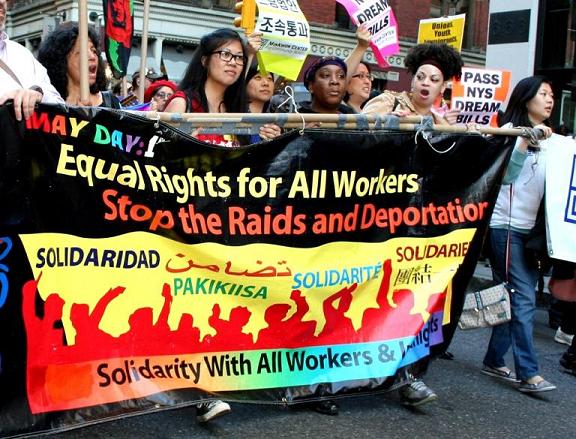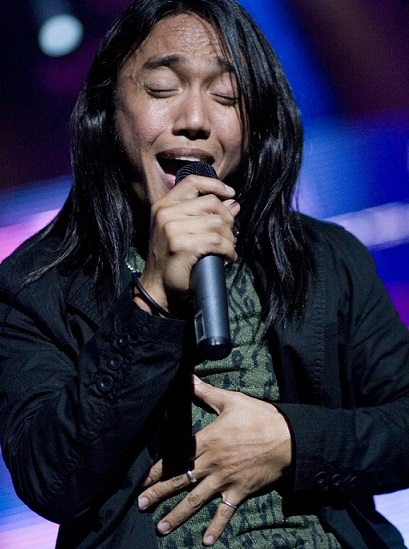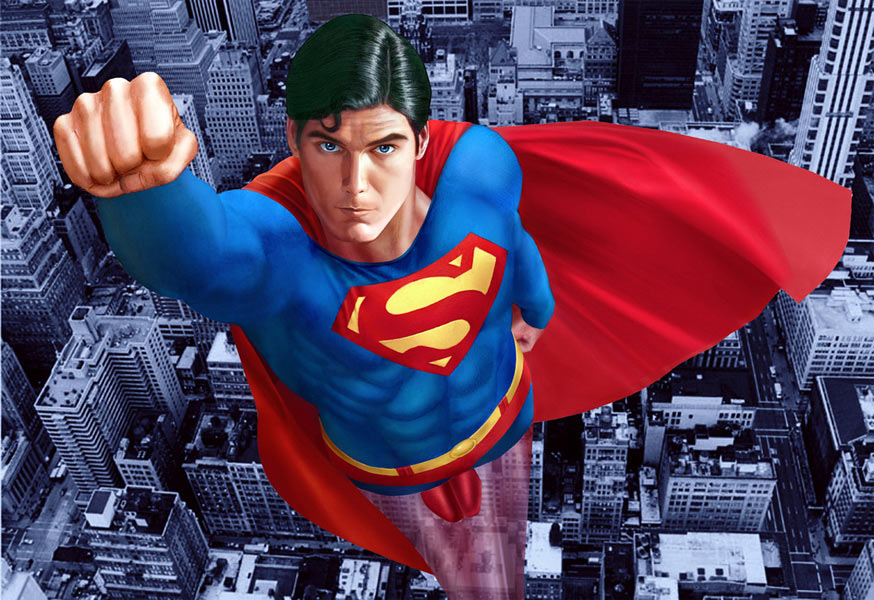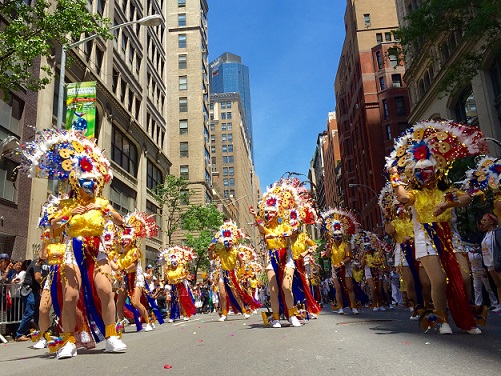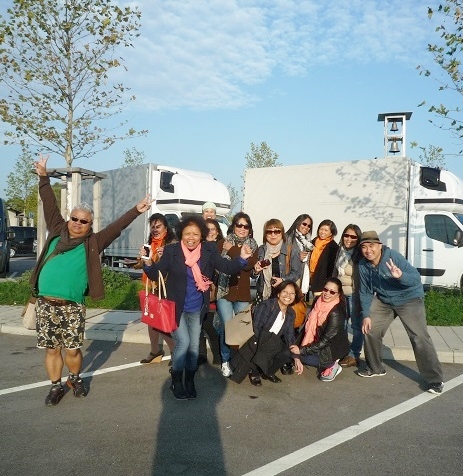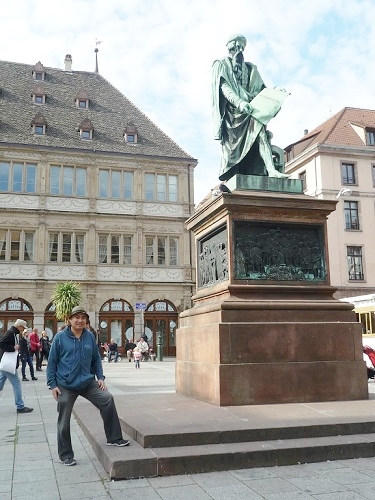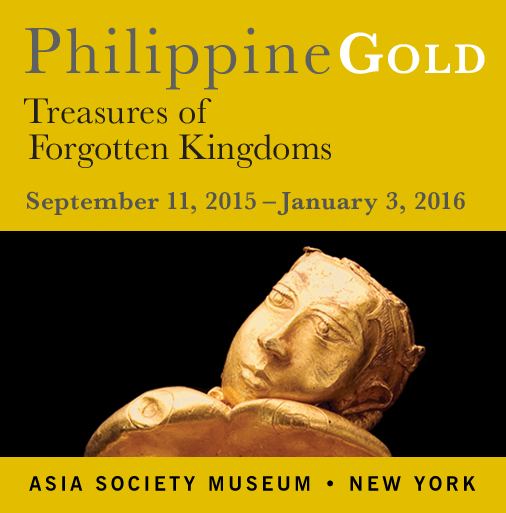Strasbourg: German name, French allure
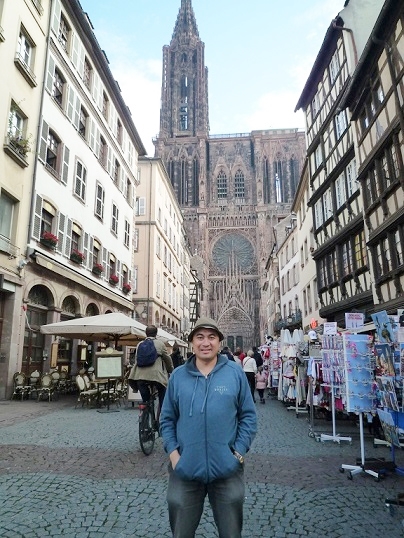
The author outside the Strasbourg Cathedral, which was the tallest building in the world from 1647 to 1874
There are simply no words to describe the horrible tragedy of the massacre of more than a hundred innocent civilians in Paris at the hands of those murderous and dastardly ISIS terrorists.
It is sad to know that yet again, another act of religious hatred and violence has befallen Paris this month, just as the city was struck last January during the Charlie Hebdo attacks. Back then, I had written a feature tribute to the city of Paris, and my love and admiration for this beautiful city and all of France stands as strongly now as it did then. In spite of this terrible event, I am still faithful that this nation will endure as a beacon of cultural and religious tolerance throughout Europe and the entire world. Bullets and bombings just cannot eradicate the strength of the French, and I personally know for a fact just how fiercely proud they are of their religious and historic heritage, based on my recent trip to Strasbourg, France.
Strasbourg is the capital city of the Alsace region in northeastern France along the border with western Germany. The European Parliament is officially seated here, and the famed medical missionary/humanitarian Dr. Albert Schweitzer is originally from this region, which was once under the German Empire until the end of the First World War.
I was vacationing in Augsburg in the southern Bavarian region of Germany where I was staying with relatives, when it just so happened that my auntie Jeanet Schneid, a longtime Filipina resident of Germany who is married to a German, invited me to join her merry group of traveling Filipinos on a day-long bus ride tour to Strasbourg. We departed Augsburg in the wee morning hour of 5 a.m., as the bus ride to Strasbourg would be a long arduous 6-to-7-hour trip. Along with our jovial Filipino group, there were also several German families who joined us along for the journey.
Upon our arrival and disembarkation at Strasbourg, we immediately got the chance to walk around and spend as much time as we desired for sightseeing and shopping. As we strolled through the historic city center, I observed how many of the residential and commercial buildings and roads here retained a charming architectural appearance dating back from the late 19th-early 20th century, to even as far as the Medieval Age. I saw how even a part of Western Europe’s mighty Rhine River flows through the city here, with quite a number of small cruise boats carrying tourists sailing through.
The crowds of locals and tourists here appeared very cosmopolitan, and considering that this city is right near the Franco-German border, understandably we could hear a mixture of people around us speaking both French and German. Of course as this city is officially part of France, all of the road signs and commercial establishments are in French, and the employees at the shops we visited were French-speaking as well, but could speak and understand passable English for all foreign guests.
The souvenir shops and dessert bakeries were enjoyable enough, but the most profound historic/religious attraction for me here is undoubtedly the Strasbourg Cathedral, which forms the very heart and soul of the city. I was simply awed by the regal and alluring Gothic-design exterior of the Catholic cathedral. Standing at 142 meters (466 feet), it was constructed during the Medieval Age from 1277 to 1318 with the help of German architect Erwin von Steinbach. This was actually the world’s tallest building from 1647 to 1874, until it was surpassed by the St. Nikolai’s Church in Hamburg, Germany. It is the sixth-tallest church in the world today. French novelist Victor Hugo described this cathedral as a “gigantic and delicate marvel” and German author Johann Wolfgang von Goethe called it a “sublimely towering, wide-spreading tree of God.”
The interior of the Strasbourg Cathedral was as impressive and gorgeous as I could expect any well-preserved church would be, complete with colorful Christian tapestries, radiant artistically-designed tainted windows, and a towering astronomical clock, one of the largest of its kind in the world. A sense of tranquil spirituality soon permeated through the air, giving us peace of mind and setting the right mood for us to pray for a better world.
Although the Alsace region where Strasbourg is located has been a place of political conflict in the past, notably in the years leading up to World War I and World War II, it has since evolved to become a strategic and symbolic town exhibiting Franco-German cultural understanding, as typified by the French, German and international students who attend the University of Strasbourg, the second largest in France. Catholic and Protestant churches, Jewish synagogues and Islamic mosques also peacefully coexist side-by-side here (the biggest place of worship for Muslims in France is here at the Strasbourg Grand Mosque, which was inaugurated fairly recently in 2012).
I have no doubt that in light of recent events, the specter of global terrorism shall continue to haunt us, but this is by no means an excuse for us to cower from exploring Europe and the rest of the world. Vigilance instead of fear and paranoia should be our motto when traveling to global destinations such as Strasbourg, France.

